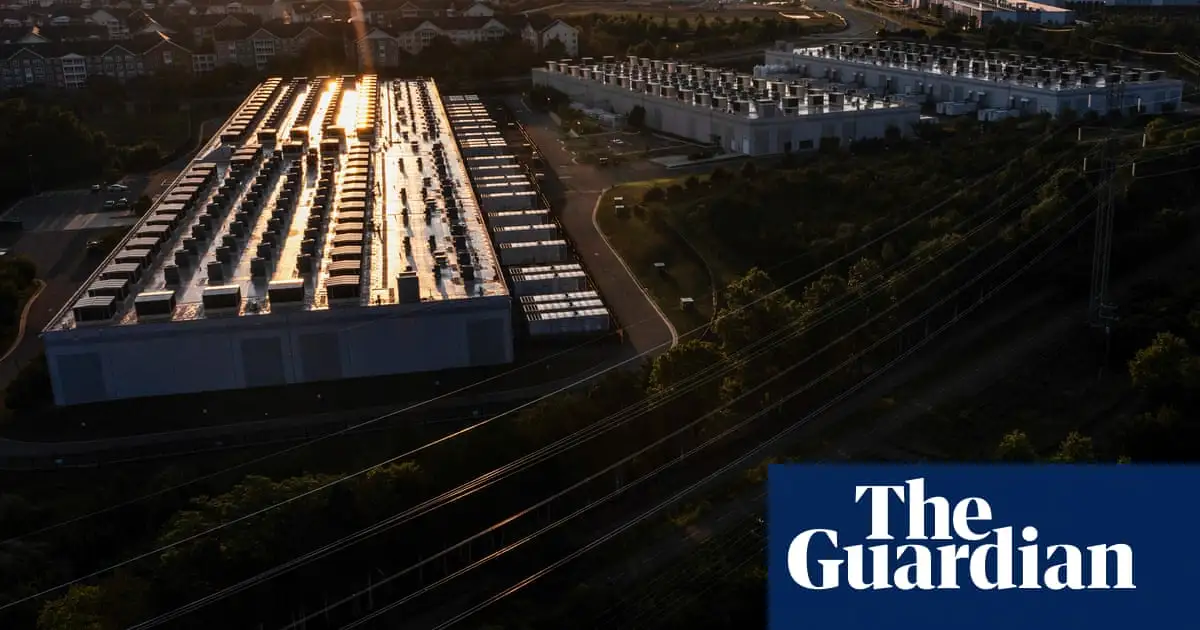Data center emissions likely 662% higher than big tech claims. Can it keep up the ruse? Emissions from in-house data centers of Google, Microsoft, Meta and Apple may be 7.62 times higher than official
Data center emissions likely 662% higher than big tech claims. Can it keep up the ruse? Emissions from in-house data centers of Google, Microsoft, Meta and Apple may be 7.62 times higher than official

Data center emissions likely 662% higher than big tech claims. Can it keep up the ruse?


